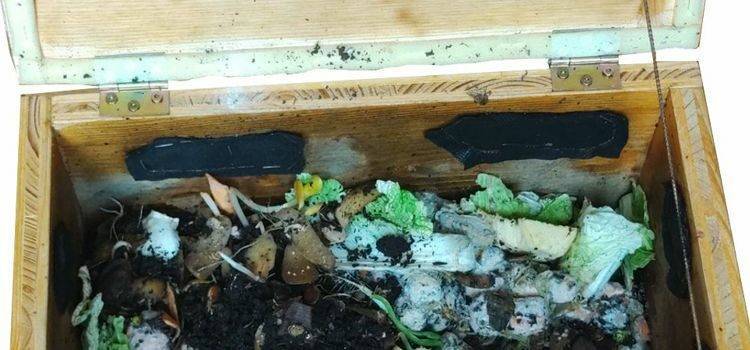
What exactly is a worm box?
We will explain how this works for you too
You don't necessarily need a garden for your own compost at home. A worm box is actually easy to build and maintain, it turns organic waste into valuable compost. In the box or in the soil of the box, bacteria, fungi and compost worms (caution! No normal earthworms!) are involved in the decomposition of organic waste.
What is allowed in?
In general, almost everything organic is allowed in. So fruit and vegetable residues, leaves and other plant residues. The smaller the waste is cut, the faster it is broken down. But also tea bags (without clips), coffee grounds (no more than 1/3 of the daily feed) and certified bioplastics such as NaKu. The thinner the plastic, the better (preferably under 15 μm). Newsprint and cardboard (not glossy) should also be in the box, as the worms need the fibers they contain.
What is not allowed in?
Dairy products, meat, fish, bread, grain products, citrus fruits, cooked and marinated food and toxic substances should not be put in the box as they would harm the worms and microorganisms. Likewise, cat litter or animal faeces have no place in it.
The optimal conditions
There are a few things to keep in mind for the survival of the worm box residents:
- Moisture: It should not be too wet, but not too dry either. If you take out some soil with your hand and clench it into a fist, then no water should run out, but it should still be moist. If it's too damp, feel free to add newspaper clippings to soak up the moisture.
- Location: Temperatures between 15 and 25° C., i.e. room temperature, are best. The box should therefore not be outdoors in midsummer and winter.
- Airing: Regular airing is important so that the box is not permanently damp.
Here we have another video for you:
